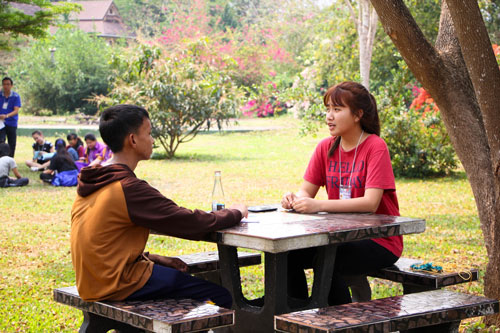
“As a mother in Mexico says, we learn that no matter who we are or where we’ve been, we are not yet finished.” — מייקסי
הוקמה במקסיקו ב 1997, the Redes de Tutoria educational movement moves away from the traditional school model in which the teacher teaches the curriculum and all the students are expected to work at the same pace in the classroom. In the Tutoria model, students are guided by teachers but are self-directed learners. They focus on inquiry-based learning projects called ‘Temas’. Process in this learning model is more important than the final answer. Students often explore many solutions to a Tema, and when a Tema is finished, each student must present his/her work to the class. This creates a shared learning culture among a school community of learners. Students are both learners and teachers. Peer learning and mentoring are also important components of this learning model. במשך הזמן 5 שנים, Redes de Tutoria has been extended to Singapore, תאילנד, Chile and San Diego, קליפורניה. The Fiftyfold organization founded by Redes does the same work in Southeast Asia, and was created to help schools and teachers implement the Tutoria approach and change the learning culture in their classrooms.
Meixi describes herself as “a teacher-scholar-sister-daughter-auntie-learning scientist who grew up with the lands and waters of Singapore and northern Thailand.” For the last 10 שנים, she has been part of the Tutoria educational movement in various capacities, helping to build its global network of learning around the world.
גלובל החיפוש לחינוך welcomed Meixi to learn more.
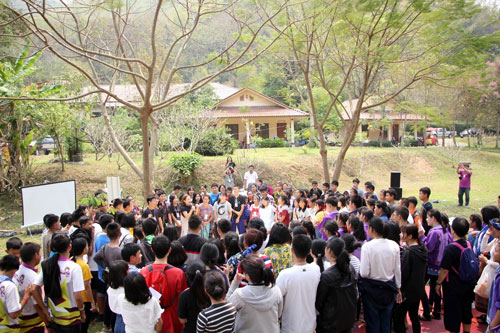
“We need to unsettle normative definitions of modernity and figure out how to design schooling towards varied and diverse ways of being and knowledge systems that uphold family, קהילה, and ecological futures.” – מייקסי
מייקסי, what was the problem in education that Redes de Tutoría and FiftyFold wanted to address and how do the 2 organizations work together?
I have long been concerned with how the living ethical qualities within every day relationships and interaction carry with them broader implications for how we repair, humanize and re-make the world – especially the worlds of school and home. Across Redes and FiftyFold, I think we intentionally intervene to shift colonized teaching and learning relationships in schools so that we can collectively build new imaginaries of teaching and learning that ensure the flourishing of social, ecological, and cultural life.
FiftyFold grew out of Redes de Tutoría. We are a daughter space for Tutoría work in Southeast Asia. In Singapore and Thailand, it was important to consider the distinct historical, פּוֹלִיטִי, תַרְבּוּתִי, and educational contexts of the work. כך, a big emphasis on our work was centering homelands in our designs with schools with borderland Indigenous communities. This meant walking lands with families, placing our work from within Indigenous knowledge systems, and problematizing goals of “modernity” so that our designs were responsive to histories and hopes of the people that we were designing with. I think Redes and FiftyFold support and grow from each other to continually localize our work in different parts of the world while maintaining relationships across them.
What do you think makes Tutoria unique?
I think what makes Tutoría unique is that is it grown, built, designed, and sustained by the people closest to the work simply by being in a relationship differently with each other. We are so socialized to not pay attention to each other, but in Tutoría, young people, מורים, משפחות, and academic authorities insist on perceiving each other’s sensitivity, each other’s humanity, as they come into being with one another to learn. Learning mathematics, מדע, or history happens through ongoing consensual, committed, reciprocal relationships that respect and acknowledge our differences as contexts to keep growing. As a mother in Mexico says, we learn that no matter who we are or where we’ve been, we are not yet finished. There is still more to learn, more to share. This kind of awakening can only be experienced and then continually practiced as we learn to attune to each other and our surroundings. Once you do though, is contagious and that’s how and why people keep at it. They’ve experienced being alive.
Being in Tutoría is life-giving. Transforming education systems with that razor-sharp focus on shifting and experiencing such living relationships in classrooms and communities leads us to 1) new possible planes of being for ourselves, 2) emplaced interventions that directly meet the present and historical interests and needs of people and place, ו 3) give us new tools and tactics for radical organizing and building educational change at various levels of the ecosystem – during recess, in our home lives, הכשרת מורים, educational supervision, and policy, וכו '. That’s the uniqueness of Tutoría’s work; it’s a simple intervention that penetrates the whole ecosystem.
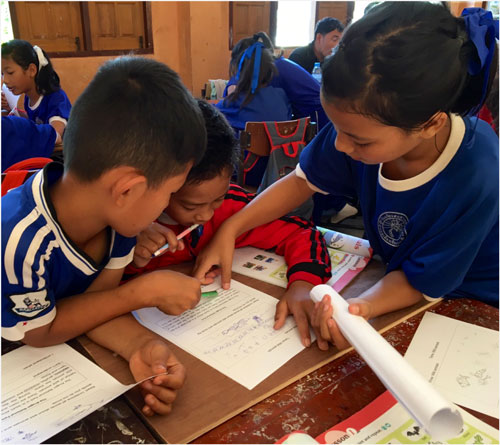
“We must remember that technology is just a tool towards larger “ends” that matter for the flourishing of a healthy community, חברתי, and ecological life. בשבילי, it’s the relationships with these forms of life that count.” – מייקסי
What have been Tutoria’s biggest challenges and how would you describe the lessons have you learned?
It’s easy to forget that the Eurocentric educational systems that increasingly dictate everyday life for children and families have roots in normalized violence, erasure, dispossession, coercion, and the fragmentation of relationships. This is increasingly true around the world. I think that’s why Tutoría has relevance in so many parts of the world now — in Thailand, סינגפור, צ'ילה, ארגנטינה, Perú. I think one big challenge is remembering that and working continually to undo such colonized relationships in our moment-to-moment interactions with each other – as teachers, תלמידים, הורים, organizers of the movement. It’s easy to get caught up in neoliberal state-driven agendas as singular, narrow measures of success. We need to continually think about the diverse “ends” that we are designing this work towards, specific to land and place. We need to unsettle normative definitions of modernity and figure out how to design schooling towards varied and diverse ways of being and knowledge systems that uphold family, קהילה, and ecological futures – it’s our only way forward as human people in these troubled times.
לבסוף, as Tutoría continues to spread around the world, another challenge is to keep meeting with each other across lands and waters. We need historical localized iterations of Tutoría while coming back together to share and learn at an organizational level. Managing the tensions and constraints of staying on the border, with autonomy as Tutoría becomes more “mainstream,” would also be key, but I think always starting with relationship and from the grassroots will help us with that.
Peer learning and mentoring is an important element of the Redes de Tutoria approach. How does modern technology enhance the learning approach?
I think technologies can really help enhance the kind of information and experiences one can have with learning. עם זאת, we need to expand our definitions of technologies and not forget our original technologies like storytelling, like fire, fishing, weaving, like making things with materials (I learned this from my advisor, DR. Megan Bang, בין יתר). The navigation of these multiple kinds of technologies is key. We must remember that technology is just a tool towards larger “ends” that matter for the flourishing of a healthy community, חברתי, and ecological life. בשבילי, it’s the relationships with these forms of life that count.
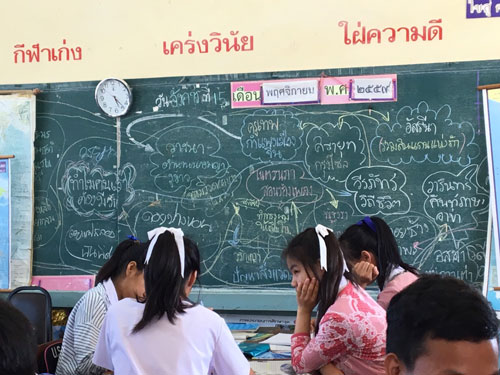
“A curriculum for a globalized world should be local, based in respectful, reciprocal relationships that open us up to learning from the other.” – מייקסי
How has the changing world inspired the Tutoria approach? How would you describe the commonalities of your model with the learning models you most respect around the world?
Tutoría inspires ways forward because the ways forward are multiple, dynamic, and varied. Fred Erickson writes, “A fundamental problem with this [scaling educational change] is that rational planning in social engineering requires of the future that it is not original; that it holds still. The future does not hold still. Because Tutoría is built locally, global trends that include the tightening of control, increased standardization, and unhealthy production and consumption patterns lose their grip when we focus on attending to the everyday relationships, interests, and sensibilities of what we have in front of us, here and now, in order to build towards the future in dynamic and responsive ways.
Tutoría shows us that despite increasing transglobal, as Toni Morrison observed, “Pressures that can make us cling manically to our own cultures and language while dismissing others…can make us deny the foreigner in ourselves and make us resist to the death the commonness of humanity.”Inviting the other in and offering ourselves to them is one of the most radical things we can do.
What do you believe a curriculum for a student living in a globalized world should look like?
A curriculum for a globalized world should be local, based in respectful, reciprocal relationships that open us up to learning from the other. It should be based on relationships with lands and waters so that we see ourselves in relation to our relatives in the natural world too so that we protect and defend them. Walking with humility, insisting on reciprocity, and offering ourselves in love to others is going to be competencies needed in a globalizing world because it means we get to keep building ever-expanding possibilities across and through an appreciation of difference. Living and learning with humility, reciprocity, and love are our best hope to create alternatives to schooling otherwise based on extractivist-assimilative paradigms.
Where do you see Tutoria 10 או 15 שנים מהיום?
The 21st century is a critical time in human history. Schools can continue to dispossess children from lands and families, or we can find alternatives forward. ב 10-15 שנים, I think Tutoría will keep being responsive to those times.
Robin Kimmerer writes that mosses thrive and build a life within the harshest conditions. They are tiny beds of resistance and strength localized to place while still intimately connected to the collective ecology. יתר על כן, mosses’ hair-like rhizoids bind together, creating protective beds for wildflower seedlings; life attracts life. Tutoría is like mosses in that way and continuing to give and attract life is what I hope Tutoría continues to do in 10-15 שנים.
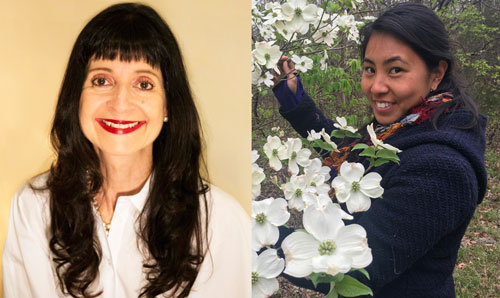
C.M. Rubin and Meixi
תודה לך שלנו 800 ועוד תורמים עולמיים, מורים, יזמים, חוקרים, מנהיגים עסקיים, סטודנטים ומנהיגי מחשבה מכל תחום לשיתוף נקודות המבט שלך על העתיד של למידה עם גלובל החיפוש לחינוך כל חודש.
C. M. רובין (קאתי) הוא המייסד של CMRubinWorld, חברת פרסום מקוונת התמקדה העתיד של למידה העולמית מייסד השותף של כוכב כיתה. היא כתבה שלושה ספרים רבים מכרו ושתי סדרות באינטרנט לקרוא בהרחבה. רובין קיבל 3 פרסי אפטון סינקלייר עבור "החיפוש העולמי לחינוך". הסדרה אשר פועלת למען בני הלומדים הושק 2010 ומפגיש הוגי דעות מכובדים מכל רחבי העולם כדי לחקור את הסוגיות בחינוך מפתח בפני אומות.
עקוב C. M. רובין בטוויטר: www.twitter.com/@cmrubinworld


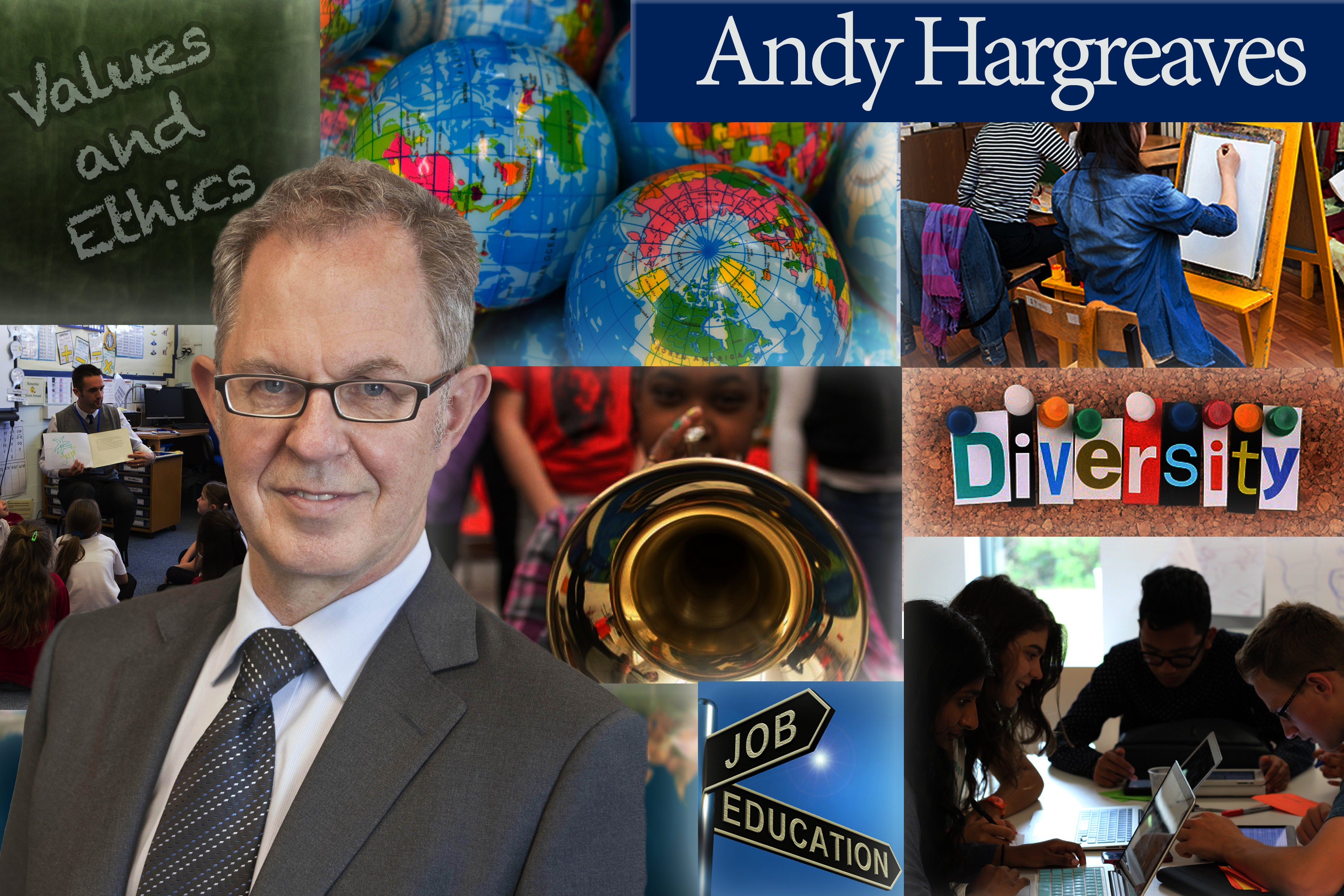
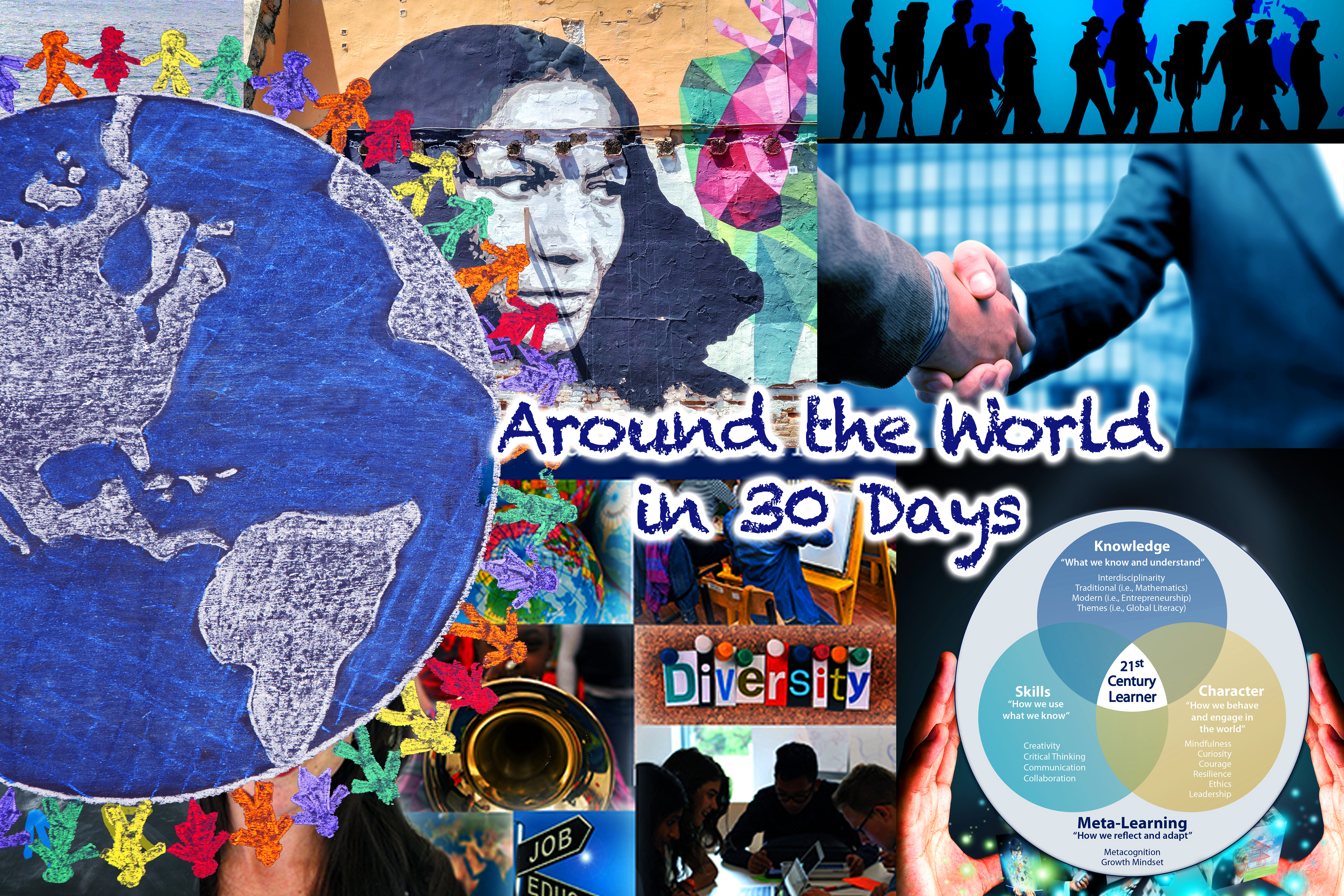
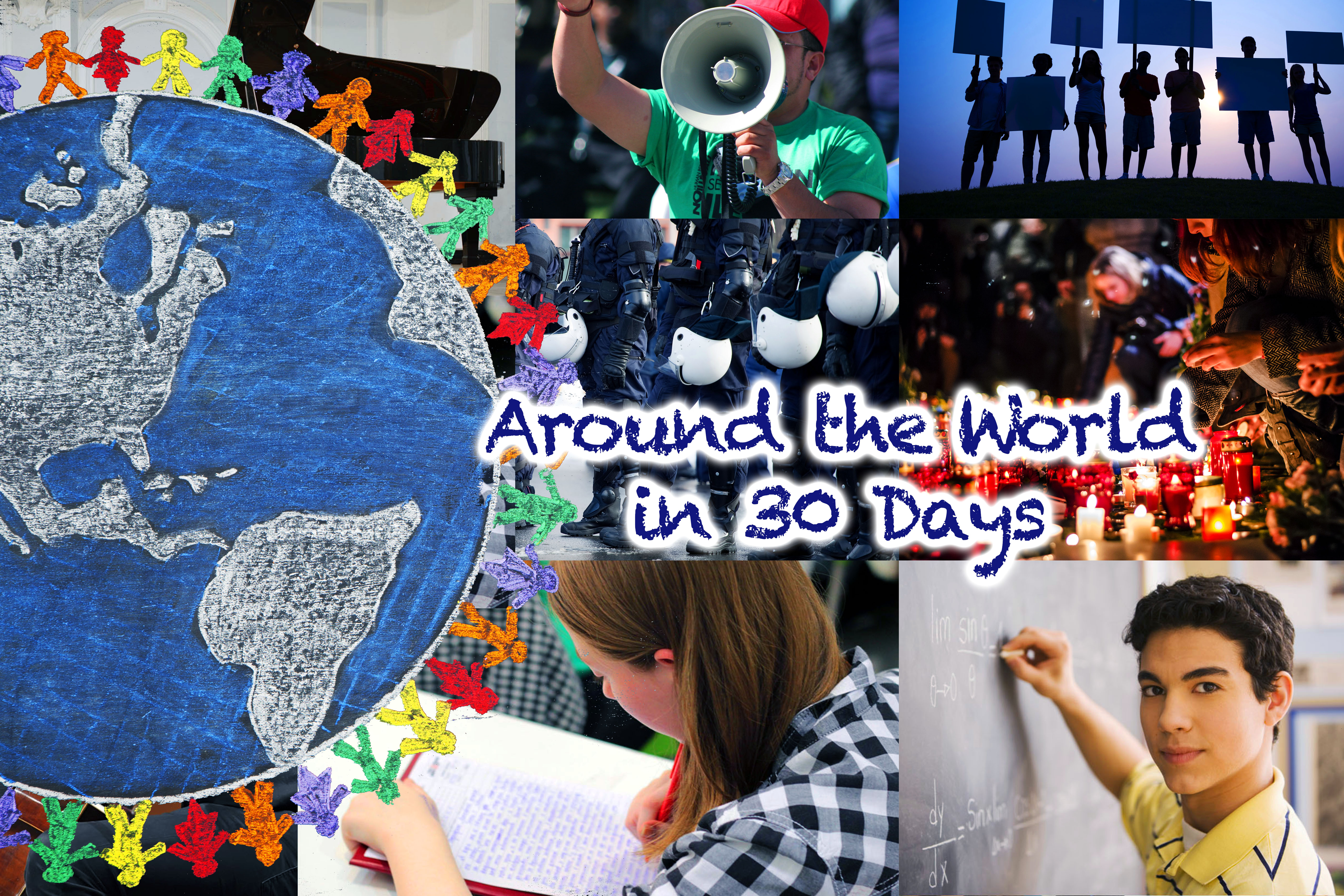
תגובות אחרונות